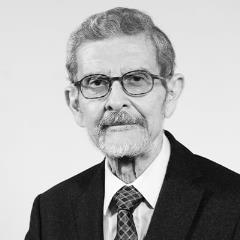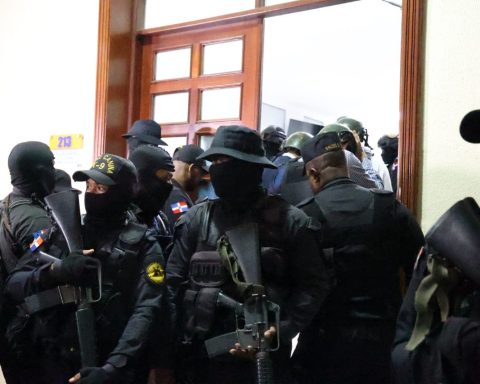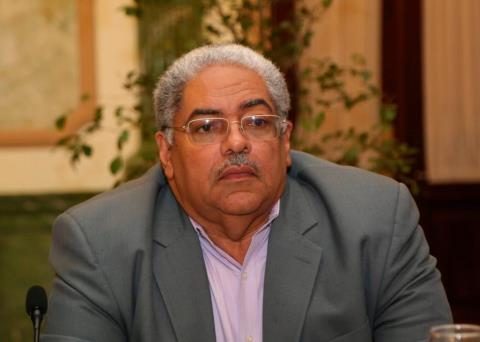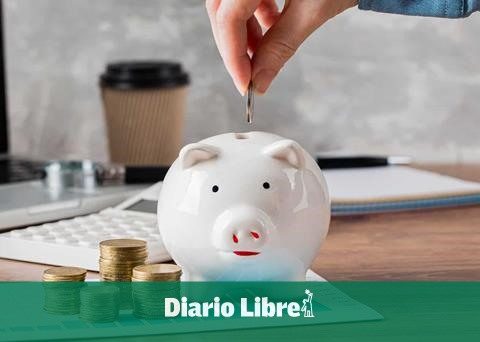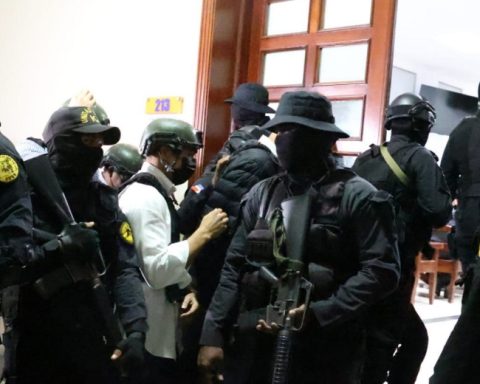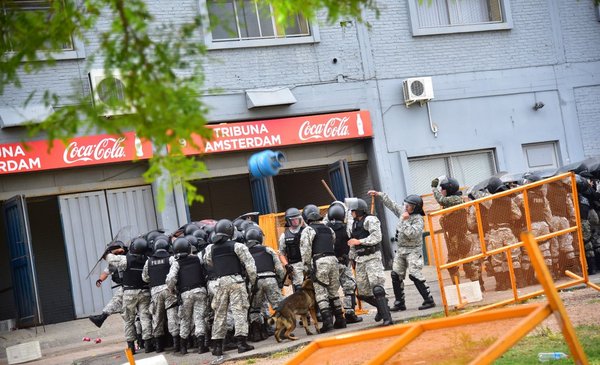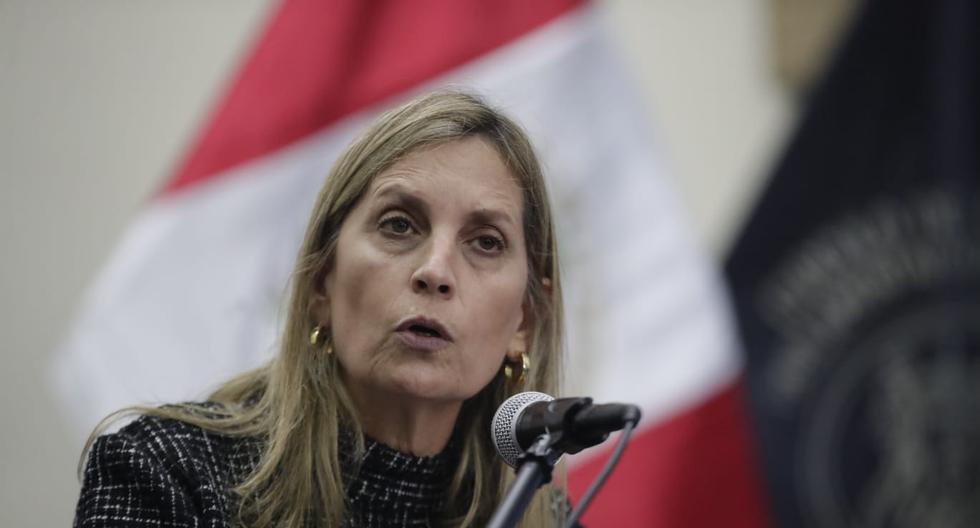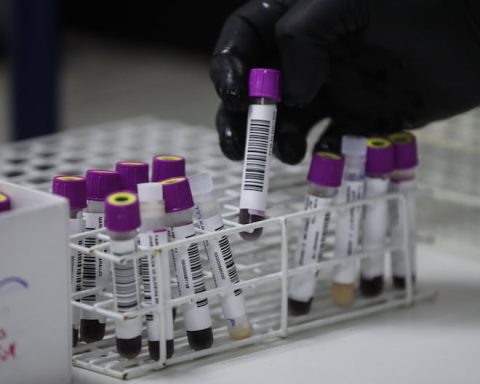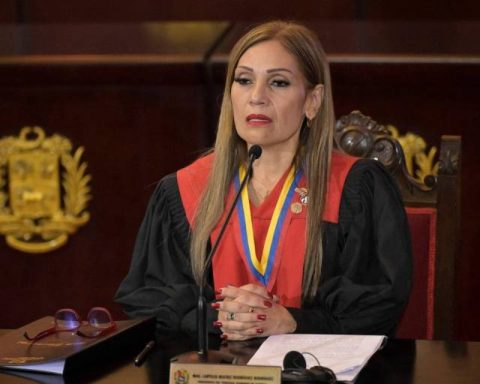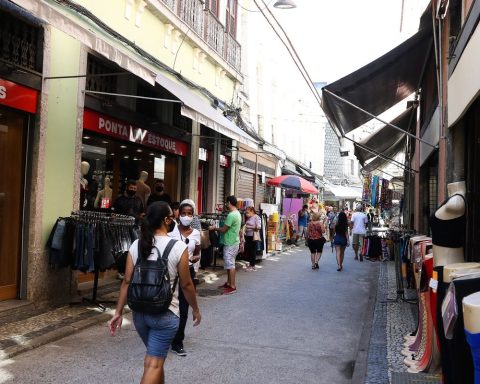Nothing extraordinary happened in the first Colombian electoral round, which took place while we were celebrating Mother’s Day here, on Sunday, May 29. Barring a change in the order in which the two main candidates were expected to remain conservativesin second or third position, confirmed the forecast that the candidate on the left, Gustavo Petro, would greatly outstrip its rivals. And the expectation that none of the candidates would reach the percentage of votes required to succeed in that first round was also confirmed.
Less clear are the prospects for the second round, to be held next Sunday the 19th of this month. Having managed to come in first place in the first round of the elections does not guarantee Petro that he will win in the second, a reality that he knows better than anyone. In fact, added together, the two candidates conservatives that followed him in the number of votes obtained surpassed him by about twelve percentage points, and the one that came in third place immediately gave his support to the one that occupied the second position, the latter being described in some opinion circles as the Colombian Trump.
77 years old and performances that remind us of the former US president, Rodolfo Hernandez share with Trump to be a wealthy construction entrepreneur, to have an obvious and attractive populist touch, and to promote the application of conservative measures. In this sense, it is also part of a peculiar political phenomenon, detectable in countries located in different regions of the world, by virtue of which conservative candidates assume an innovative physiognomy and a revolutionary style, conferring on their causes a visible vocation for change. They leave behind, in this way, the traditional image of the conservatives as proponents of more of the same, replacing that image with one that holds promises of novel strategies and plans to confront national problems.
